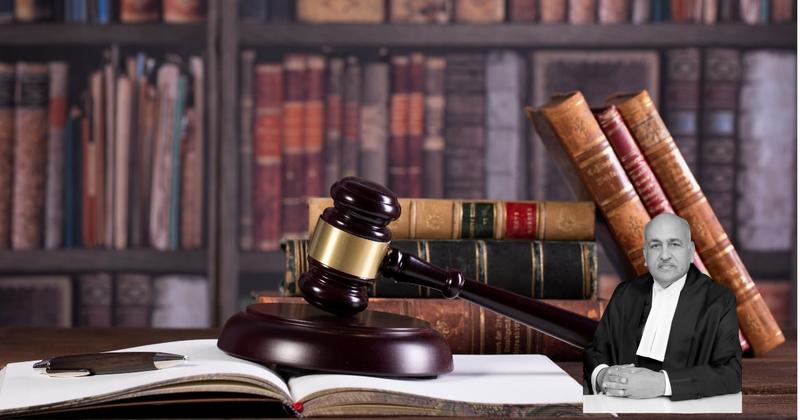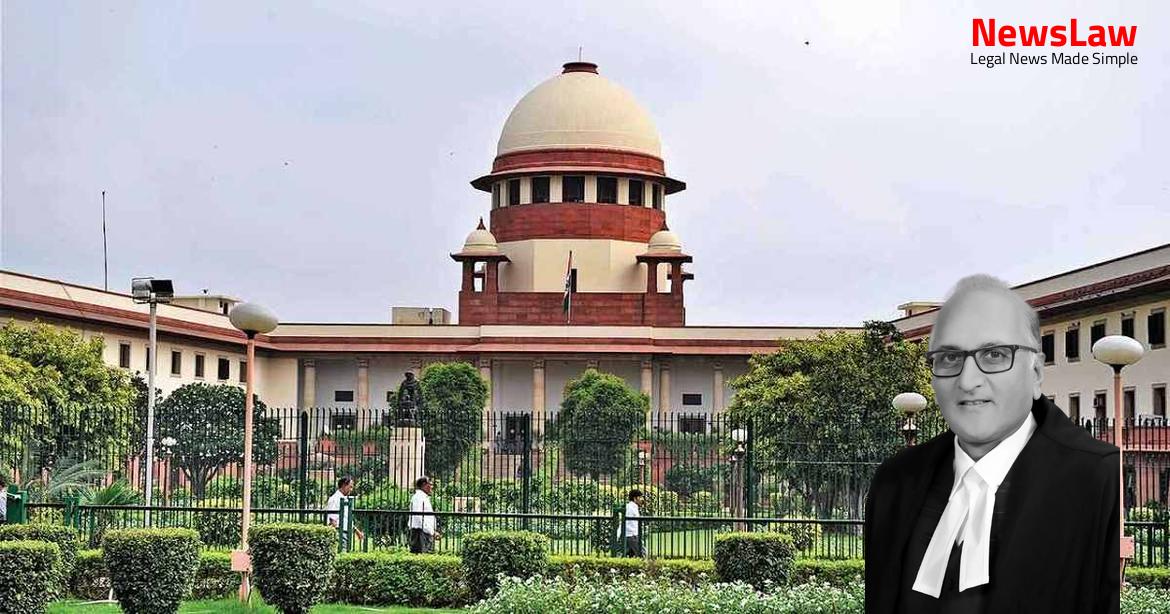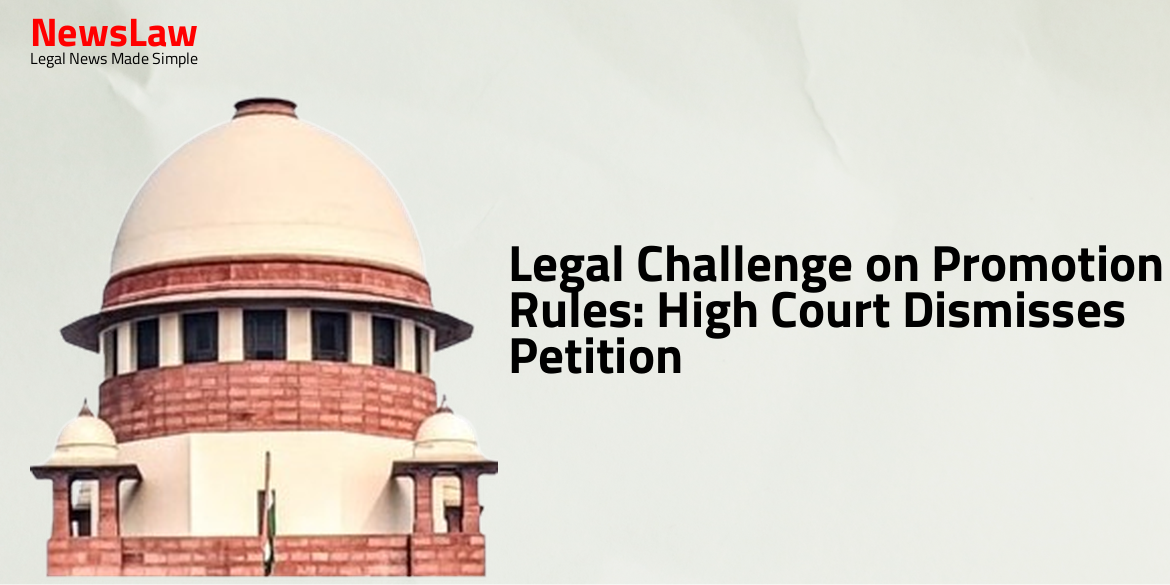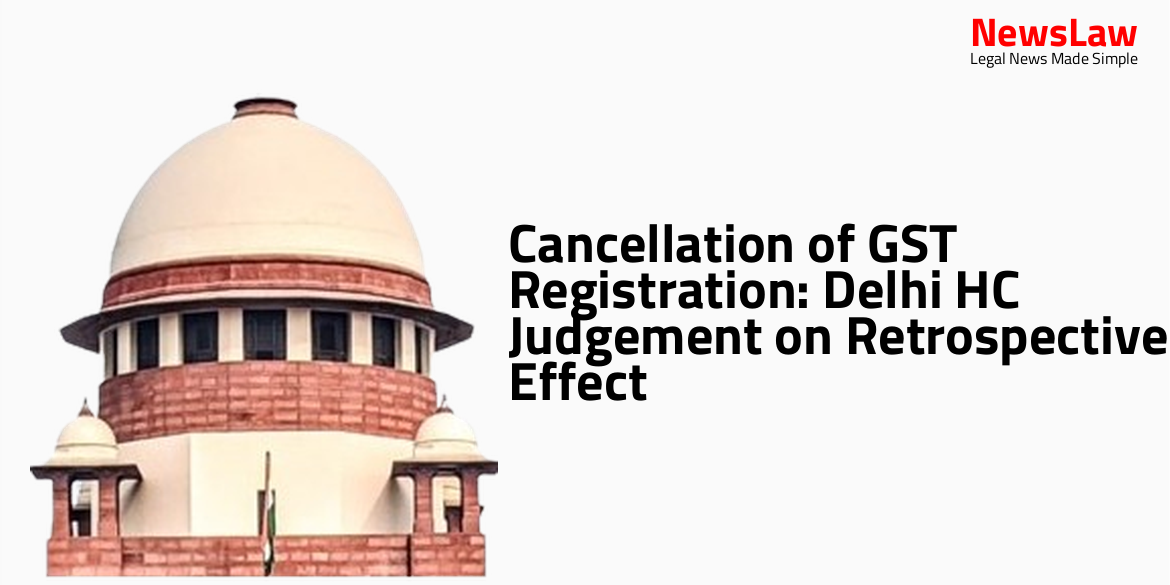2253 has been allotted New Town Survey No 1 (T.S. No.1) and O.T.S 2210 has been allotted New Town Survey, i.e. In the present appeals, we are only concerned with the Zamin Survey No.5108 (O.T.S.2210, now T.S. One of the claimants respondents, Perumal Chettiar claimed Ryotwari patta in the “suit land”.
In the aforesaid inquiry initiated by the ASO under Section 11(a), Perumal Chettiar claimed that the “suit land” was assigned to him by the zamindar of Salem vide Exhibit A1 dated 20.01.1935. The other claimant Govinda Pillai staked his claim over the suit land, on the basis of title of his predecessors-in-interest as told to him by his father whereas the appellant Committee asserted that it is a burial ground, and it can’t be settled with any private person.
Aggrieved by the above orders starting from that of the ASO, Settlement Officer, Director of Survey & Settlement and Board of Revenue, writ petitions were filed by different claimants in respect of the “suit land”, including writ petition Nos.903 and 1258 of 1960 by A.Ramaswamy Chettiar and 6 Perumal Chettiar respectively and both of them claimed ryotwari patta under Section 11 of the Abolition Act in respect of the “suit land”. The writ court by means of a common judgment and order dated 03.05.1962 dismissed all the petitions holding that the character of the land once burial ground would not change only for the reason that it had not been used for burial purposes since 1900 or that no burial has taken place on the said land. The Director of Survey and Settlement on the strength of the above directions of the Division Bench of the High Court initiated proceedings under Section 19A of the Abolition Act and 8 finally accepted the claims set up by claimants A.Ramaswamy Chettiar and others vide order dated 31.01.1975.
Aggrieved by the decision of the Director of Survey and Settlement conferring rights upon claimants under Section 19A of the Abolition Act, the appellant Committee preferred revision before the Commissioner of Land Revenue, Madras. No.676 dated 23.12.1999 was issued observing that since the “suit land” vests in the Government, it is open for it to grant permission to the claimant respondents under Section 19A of the Abolition Act to remain in possession of the same. There is no material on record to establish any dedication of the suit land as a wakf property and that the notification dated 29.04.1959 regarding the “suit land” as a wakf is unacceptable; first for the reason that the said notification was not pressed by the appellant Committee till 1999 before any authority in any case; and secondly, for reason that no evidence was brought on record to establish that any preliminary survey as contemplated under Section 4 of the Wakf Act, 1954 was conducted before issuing the said notification under Section 5 of the Wakf Act.
It is in the above background that these appeals have been preferred and have come up for consideration before us.
June Chaudhari, learned senior counsel for the appellant Committee and Shri Narendra Kumar and Ms. Under the Muslim law, a wakf can be created in several ways but primarily by permanent dedication of any movable and 12 immovable property by a person professing Islam for any purpose recognized by Muslim law as pious, religious or charitable purpose and in the absence of such dedication, it can be presumed to have come into existence by long use. Therefore, the alleged use of the suit land as burial ground prior to 1900 or 1867 is not sufficient to establish a wakf by user in the absence of evidence to show that it was so used. The alleged recording of the suit land as a kabristan or as a burial ground is a misnomer or a misconstruction inasmuch as the suit land, if at all, came to be recorded as a rudrabhoomi which denotes 14 Hindu cremation ground and not a burial ground or a kabristan.
The Wakf Act, 1954, which actually is relevant for our purpose, provides that, first, a preliminary survey of wakfs has to be conducted and the Survey Commission shall, after such inquiry 15 as may be deemed necessary, submit its report to the State Government about certain factors enumerated therein whereupon the State Government by a notification in the official Gazette direct for a second survey to be conducted. In the absence of such a material, the mere issuance of the notification under Section 5 of the Act would not constitute a valid wakf in respect of the suit land. , it was observed that the Wakf Board should follow the procedure as required under Section 4, 5 and 6 or Section 27 of the Wakf Act before notifying the wakfs under Section 5 of the Act. as a Member) held that the publication of a notification in the official Gazette has a presumption of knowledge to the general public just like an advertisement published in the newspaper but such a notification published at the instance of the Wakf Board in the 18 State Gazette is not binding upon the State Government. In the absence of any evidence of valid creation of a wakf in respect of the suit property, it cannot be recognized as a wakf so as to allow it to be continued as a wakf property irrespective of its use or disuse as a burial ground. To bring home the point that the appellant Committee had participated in the proceedings before the Director of Survey and Settlement pursuant to the directions of the Division Bench of the High Court contained in the judgment and order dated 12.01.1965, it is relevant to reproduce paragraph 10 of the order of the Director of Survey and Settlement dated 31.01.1975 whereunder the claimants respondents have been granted relief in exercise of powers under Section 19A of the Abolition Act: He wanted to file written objection statement and was permitted to file it before the rising of the court; at 4 P.M on 17.1.75; the secretary filed his written objection statement.” After having lost in proceedings before the Director of Survey and Settlement, the appellant Committee had preferred a revision before the Board of Revenue which was also dismissed. In the present case, the appellant Committee has not challenged the directions of the Division Bench of the High Court as without jurisdiction rather consented/accepted to the said directions by participating in the consequential proceedings.
It says that once an order is passed against a person and he submits to the jurisdiction of the said order without raising any objection or complies with it, he cannot be permitted to challenge the said order, subsequently, when he could not succeed. The position in the case at hand is similar and identical as in the above referred case and as such the appellant Committee 23 participated having in the subsequent proceedings pursuant to the Division Bench decision of the High Court on being unsuccessful therein cannot be allowed to raise or dispute the validity of such an order. The appeals as such lack merit and are dismissed with no order as to costs.
Case Title: SALEM MUSLIM BURIAL GROUND PROTECTION COMMITTEE Vs. STATE OF TAMIL NADU AND ORS. (2023 INSC 551)
Case Number: C.A. No.-007467-007470 / 2014



